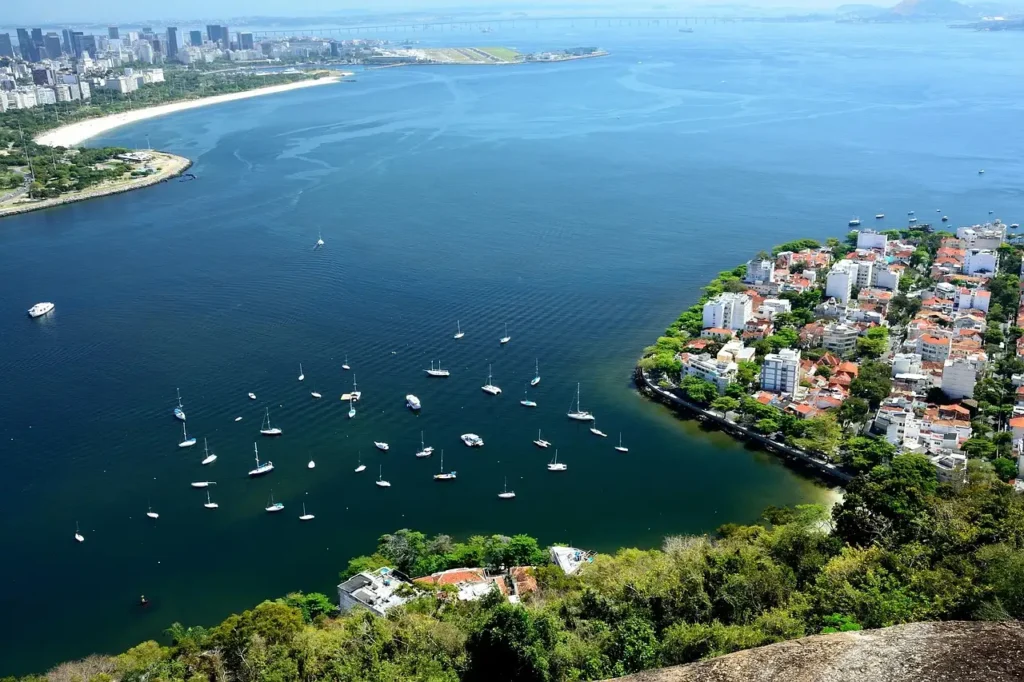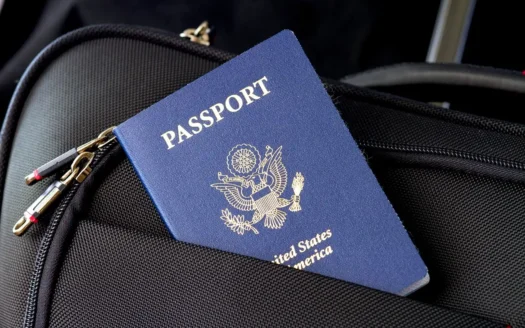Rio de Janeiro Population 2025: Trends & Real Estate Insights

In 2025, the Rio de Janeiro population has reached approximately 6.73 million residents in the city proper, painting a picture of a vibrant urban hub nestled between lush mountains and the Atlantic Ocean. This iconic Brazilian metropolis isn’t just a postcard-perfect destination—it’s a dynamic force shaping culture, economy, and real estate opportunities. Whether you’re eyeing beachfront condos in Copacabana or exploring investment potential in growing suburbs, grasping these population trends is essential. In this post, we’ll explore the latest 2025 data, historical shifts, and key implications for the housing market. Let’s dive in and see why Rio continues to draw dreamers and investors alike.
Current Snapshot of Rio de Janeiro Population 2025
As of July 2025, Rio de Janeiro’s city proper boasts 6,730,729 inhabitants across 1,200 square kilometers, according to official estimates. This translates to a demographic density of about 5,175 people per square kilometer, highlighting the city’s compact yet lively layout. Expanding to the greater metropolitan area—the Região Metropolitana do Rio de Janeiro—the figure climbs to around 12.9 million people, encompassing nearby spots like Niterói and Duque de Caxias.
Moreover, these numbers reflect Brazil’s national total of 213.4 million, where Rio’s metro region contributes roughly 6%. For context, the annual growth rate for the metro area hovers at a steady 0.72%, signaling a balanced evolution rather than rapid expansion. Such stability fosters sustainable urban planning, from enhanced public transport to community-focused developments.
Historical Trends in Rio de Janeiro Population
Looking back, Rio’s growth story is one of transformation. Back in 1950, the metro area’s population was just 3 million, but it surged dramatically through the mid-20th century. Waves of rural migrants from Brazil’s interior, coupled with European immigrants, fueled a nearly 40% jump in the 1950s alone. Suburbs expanded rapidly, turning Rio into an economic powerhouse.
However, momentum slowed after the 1960s. The capital’s move to Brasília in 1960 diverted some flows, and by the 1990s, factors like constrained land and declining birth rates tempered the pace. Today, with that modest 0.72% annual increase, Rio emphasizes quality over quantity—think infrastructure upgrades and inclusive favela projects that integrate residents more fully.
Key Demographics Shaping Rio's 2025 Landscape
Rio’s diversity is its heartbeat, mirroring Brazil’s rich ethnic mosaic of European, African, and Indigenous influences. For instance, genetic studies indicate average residents carry 55-74% European ancestry, 19-31% African, and 7-14% Indigenous roots, varying by neighborhood—upscale Ipanema leans more European, while northern areas reflect broader mixes among pardos (mixed-race) and Black communities.
Additionally, the age profile skews youthful, with a median around 32-35 years, based on recent data. This energizes the city but challenges young professionals seeking affordable homes. Economically, median per capita income is about R$20,851 yearly (adjusted trends), surpassing national averages yet exposing inequalities—South Zone glamour contrasts with North Zone pockets where poverty exceeds 20%.
Migration patterns have evolved too. Once flooded by rural arrivals from Minas Gerais, Rio now experiences net outflows to São Paulo or overseas, offset by expats loving its vibe. Foreign-born folks now comprise roughly 7%, mainly from Portugal and Italy.
Implications for Real Estate in Light of 2025 Population Trends
These demographics directly fuel Rio’s property market. With 12.9 million in the metro area driving demand, high-density cores like the city center (over 5,000 per sq km) keep prices buoyant—Copacabana views command premiums. Meanwhile, suburbs such as Barra da Tijuca attract families craving space amid slower city growth.
Furthermore, the youthful tilt signals booms in rentals and starter homes, especially with remote work pulling in digital nomads. At Oabitat, we’re witnessing this in our listings: South Zone gems blend accessibility and nature, offering smart buys with growth potential. In essence, stabilized numbers create investor-friendly conditions for eco-developments and mixed-use spaces.
Final Thoughts on Rio de Janeiro Population 2025

From its boom-era roots to today’s poised 6.73 million city dwellers and 12.9 million metro residents, Rio embodies resilience and reinvention. This 2025 snapshot promises a future brimming with cultural spark and real estate promise. Whether beaches, beats, or business call you, Rio’s demographics ensure enduring allure.
Eager to claim your piece of this carioca magic? Check out our fresh Rio listings at Oabitat.com and find a home in sync with the city’s pulse.




